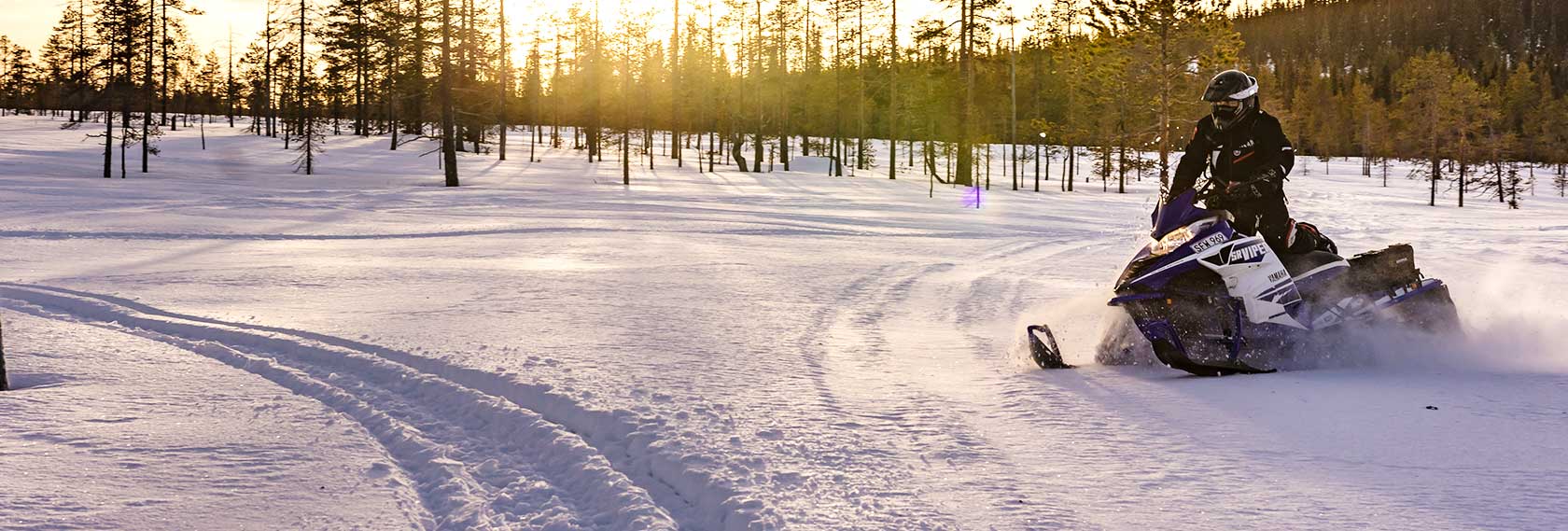

TV stations are starting to make predictions for the upcoming winter, all of which sound promising for snowmobiling in 2013.
Predicting the weather for an entire season is very much different from predicting it over the next 7 days.
You have to look more globally and at the trends of the larger scale features like the oceans, Arctic ice melt and even 93 million miles away to our sun (the amount of solar activity, sunspots, also can play a big role in winter forecasting).
The East Coast seems ripe for development this year and Sandy and the November nor’easter may indeed be a sign of things to come. If this is the case, the majority of our snowfall may come in just a handful of storms.
Judah Cohen, a seasonal meteorologist with Atmospheric and Environmental Research, a Verisk Analytics company in Lexington… gets paid to be right about winter.
His seasonal forecasts use snow cover in Siberia among other factors to predict the weather in the Eastern United States, including Boston.
What’s the connection? Cohen’s research shows, as snow cover increases over Siberia during the month of October, cold air pools around the Arctic. And like a refrigerator door opening, eventually it spills out into the eastern half of the U.S.
Cohen predicts average precipitation for this winter, but his model also suggests New England could see more. Perhaps even a lot more.
“I’m not trying to freak anybody out, but the set-up to me looks much more like 2010-11,” he said.